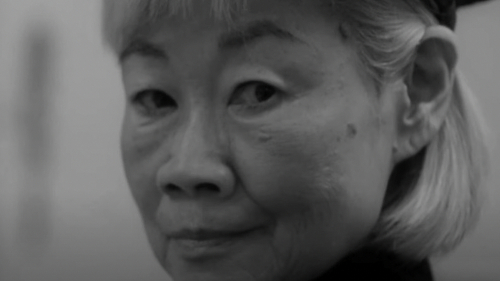SINGAPORE: Singapore’s reputation as one of the world’s cleanest cities is a source of national pride, deeply ingrained in the psyche of both citizens and visitors alike, but in recent years, cracks have begun to show, or at least, that’s the sentiment surfacing online and in the streets.
A Reddit thread questioning whether Singapore has become noticeably dirtier in recent years quickly gained traction, amassing nearly 600 upvotes. The original post pointed to increasing litter at bus stops, sheltered walkways, and void decks—tissues, plastic packaging, and drink containers. While no one’s claiming the city was ever spotless, the concern is clear: Are we slipping?
One commenter, with over 400 upvotes, lamented the state of public toilets—particularly in hawker centres and MRT stations—calling them “filthy” and asking plainly: “Why?”
Another, reflecting on the broader urban landscape, attributed the perceived decline to population pressures. “The population exploded. Not enough cleaners. Many new citizens also don’t share the same views. Even Little India and Chinatown were cleaner a decade ago,” they wrote—a comment that gained 301 upvotes and opened a deeper conversation on cultural integration, civic responsibility, and urban stress.
So, what does the data say?
The Singapore Management University (SMU) released its 2023 Public Cleanliness Satisfaction Survey, conducted with 2,010 residents between November 2023 and January 2024, with an updated reflection in 2024.
Although the sample size may not represent the entire population of Singapore, it offers a meaningful starting point for analysing sentiments and conditions on the ground. Still, many question why they’ve never been invited to participate in such surveys, believing their responses could paint a different picture.
The key takeaway? 94% of respondents were satisfied with public cleanliness, up 2% from the year prior, but satisfaction doesn’t always tell the whole story.
Food outlets—long considered problem areas—showed modest but notable improvements: coffeeshops (+4%), hawker centres (+4%), food courts (+2%), and wet markets (+3%). This could suggest that the tray return policy introduced back in 2021 may finally be bearing its fruit, nudging social norms toward greater interpersonal responsibility.
Indeed, more Singaporeans than ever before are wiping down tables and cleaning up after themselves, with 81% saying they would voluntarily do so, citing a sense of civic duty.
However, here’s the paradox: While belief in personal responsibility is growing, littering behaviours are also on the rise. Fewer people reported that they “never” littered (a decrease from 91% to 87%), and proper disposal rates declined from 76% to 72%.
Still dependent on cleaners, but unwilling to pay more
Despite higher expectations, with 94% of respondents wanting trash cleared multiple times a day, more than half (55%) were unwilling to pay more for cleaning services. That leaves Singapore in a curious bind: increasing waste, rising expectations, but stagnant investment in cleaning manpower.
The cleaner-to-resident ratio hasn’t kept pace with the massive surge in population, a point not lost on many online commentators, and in a multicultural, densely packed society, keeping shared spaces clean requires more than just fines and bin placements — it demands shared values.
Beyond trash: A symptom of deeper discontent?
The question of cleanliness, then, becomes a mirror—not just of our habits, but of the nation’s growing pains.
Yes, Singapore is undergoing a population boom. Yes, toilets are being upgraded, and yes, the government is rolling out new initiatives. Still, these upgrades can’t plaster over the sense of overcrowding, the rising cost of living, and the diminishing breathing room in public spaces.
In some ways, the sight of a used tissue by the void deck or a sticky table at the hawker centre isn’t just about litter; it’s about feeling like we’re losing control of our shared environment.
If that’s the case, perhaps it’s not Singapore that’s getting dirtier. Perhaps it’s the social fabric that’s fraying—slowly, quietly, one stray wrapper at a time.












